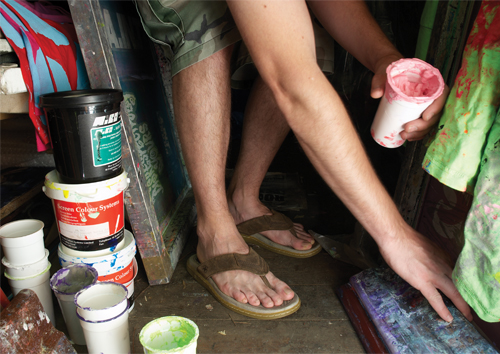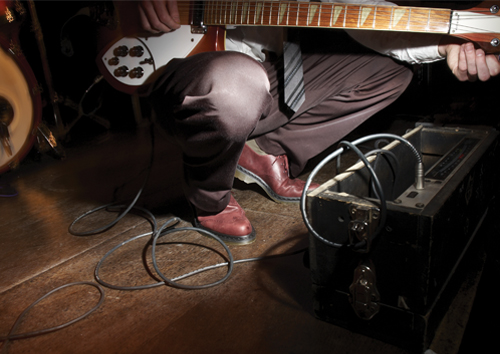It’s tradeshow season. Brands, bloggers, retailers and anyone else who fancies themselves as a bit of a clothing buff/bore is donning their best shoes, having a haircut and heading to Florence, Paris, London and of course the home of Bread and Butter, Berlin.
That’s Bread and Butter the tradeshow. Not, like, actual bread and actual butter.
Anyway, as usual I digress. Having attended a few of these events and graduated from impressed newbie to self-conscious Northerner to mostly a bit ‘Meh’, I can see where Bob Sheard is coming from with his latest post.
With Bread and Butter taking place this week, it seems a timely point to talk about how brands position themselves. They’re all vying for attention, fighting for forward orders and generally showing off how ace they are. Or not.
Bob’s company Fresh have more experience than most and with that in mind, here are a few predictions he has made regarding how things will play out.
So with that in mind what does Bob reckon about how brands can set themselves apart, specifically using innovation in design?
Fresh worked with long established transcender of youth cults Doc Martens. They found a brand that had a strong product identity and plenty of customers who felt affinity with it on that basis. However they were struggling because their designers, like the rest of the competition, were making “trend-driven products” for a “fashion-oriented” customer.
Likewise, Bob was once the creative director at another brand which is many things to many people yet still retains a strong integrity, Converse. He continues…
“A pair of All Stars are a blank canvas, they get personalised and develop meaning through whoever puts them on and makes them their own. It’s the same as a Dr Martens boot. If a copper wears them, they represent order. If a globalisation protester wears them they represent disorder. If a nationalist wears them they represent the far right, however if a socialist wears them they represent the left wing.”
Just two examples of how design can define a brand and yet still be open to interpretation.
Food for thought for the childcatcher/wizard hat wearers we’ve seen doing the rounds on the blogs this last week or so?


